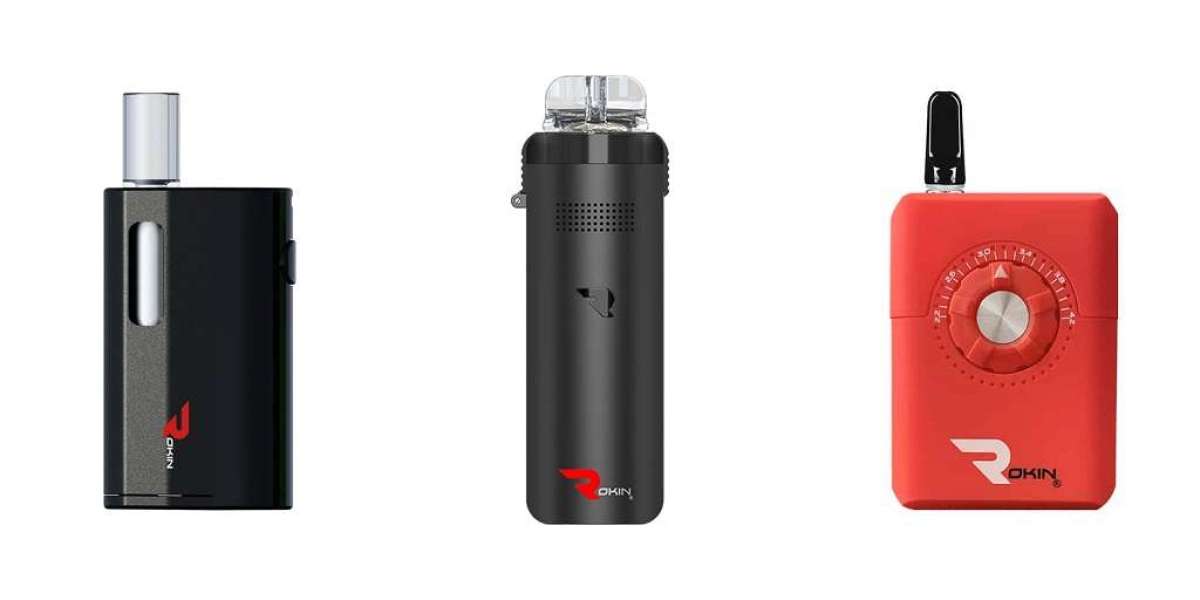Herb vaporizers have become a popular tool for those who enjoy dry herbs, offering a different experience compared to traditional smoking methods. Many users prefer vaping because it provides an alternative to combustion, allowing them to experience their herb in a distinct way. Whether using a desktop or portable device, weed vaporizers are designed to heat herbs to a specific temperature, releasing vapor instead of smoke.
How Herb Vaporizers Work
At their core, all dry herb vaporizers operate using the same fundamental principle: heating dry herbs to a point where their active compounds become vaporized without reaching combustion. The key difference between vaping and smoking is the temperature at which the process occurs. While smoking typically burns herb at temperatures over 1000°F, vaporizers heat the material at a lower range, generally between 350°F and 450°F.
Herb vaporizers utilize one of two main heating methods:
- Conduction Heating: In conduction vaporizers, the herb is heated through direct contact with a hot surface, such as a metal or ceramic chamber. This method allows for quick heating times but may require occasional stirring to ensure even vaporization.
- Convection Heating: Convection vaporizers heat the herb using hot air that circulates through the chamber. This indirect heating method provides more even vaporization and helps prevent scorching, leading to a more consistent experience.
Some high-end vaporizers use hybrid heating, combining both conduction and convection to optimize performance.
Key Components of an Herb Vaporizer
While vaporizers come in various designs and styles, they all share some essential components:
- Heating Chamber/Oven: This is where the dry herb is placed. It is typically made of ceramic, stainless steel, or another heat-resistant material.
- Power Source: Desktop vaporizers require a plug-in power source, while portable ones use rechargeable batteries.
- Temperature Control: Many vaporizers offer adjustable temperature settings, allowing users to customize their experience.
- Mouthpiece: The part through which users inhale the vapor. Mouthpieces can vary in design and material, affecting the draw resistance and vapor cooling.
Why Some Users Prefer Vaping Over Smoking
Many herb enthusiasts gravitate toward vaporizers for their ability to provide a different experience from smoking. Since vaporizers don’t burn the herb, they produce vapor rather than smoke, which some users feel allows them to better appreciate the flavors and aromas of their material. Additionally, vaporizers tend to be more discreet, as the vapor they produce is less pungent than smoke.
Portable Vaporizers: Convenience on the Go
For those who enjoy vaping outside the home, portable weed vaporizers offer convenience and discretion. These devices are compact, battery-powered, and easy to use. Models like the Rokin Outrider have gained popularity for their sleek design and efficient performance. The Outrider is designed to provide consistent heating, making it a reliable choice for users who want a straightforward and satisfying vaping experience.
Whether you prefer a desktop vaporizer for extended sessions or a portable device for convenience, herb vaporizers offer an alternative way to enjoy dry herbs. With advances in technology and design, these devices continue to evolve, providing users with more options to tailor their experience to their personal preferences.
For more information about 510 Battery and Dry Herb Vape Please visit: Rokin Vapes.



